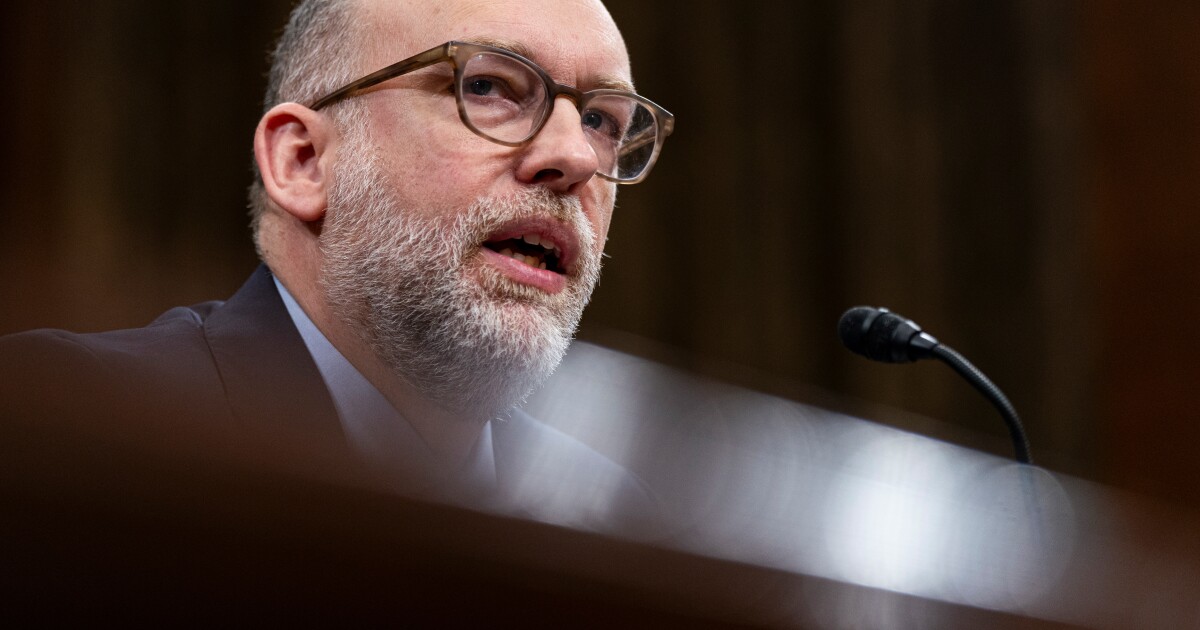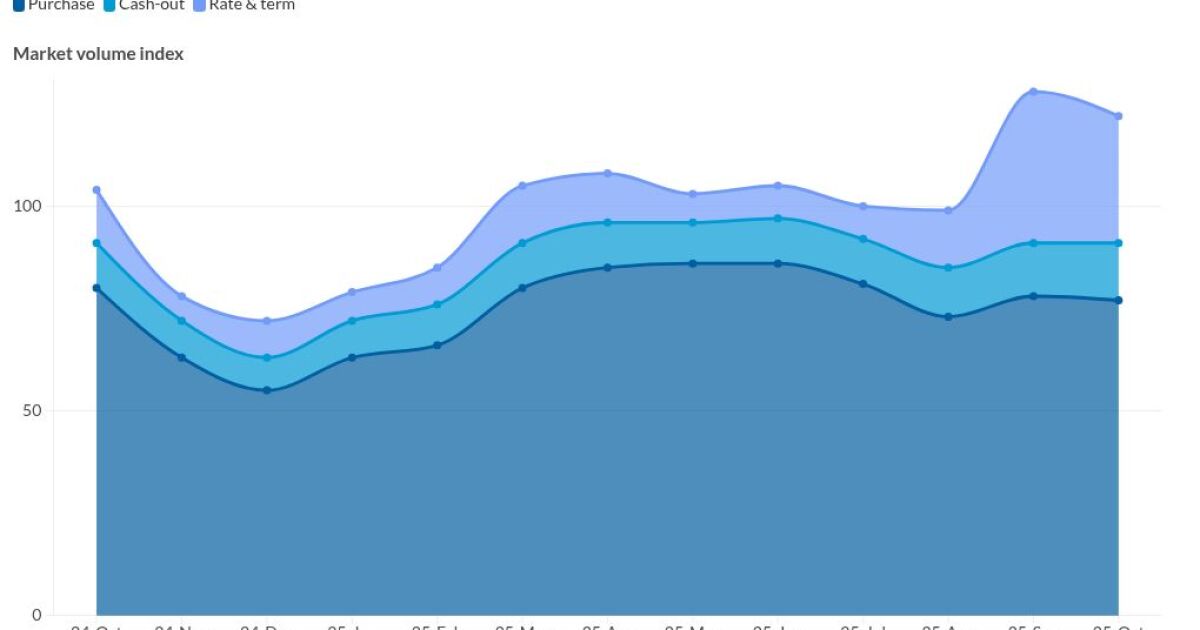
The second quarter saw 130% growth in refinance originations annually, generating about $513 billion, according to Attom Data Solutions. That bested the first quarter’s growth of 105% annually with $385.5 billion in refinancing.
Thanks to record low rates, the second quarter notched the highest level of refinancing since the same time in 2013, according to data provider's Residential Property Mortgage Origination Report. About 1.69 million residential refinances originated in the second quarter compared to about 1.15 million refis in the first and 745,264 in the second quarter of 2019.
Refinances, purchases and home equity lines of credit combined for nearly 2.72 million originations secured by residential properties in the second quarter - the highest volume since 2009.
"The second quarter of 2020 really was a tale of two markets for lenders," Todd Teta, chief product officer at Attom Data Solutions, said in the report. "One saw a continued flood of homeowners refinancing their loans at lower interest rates while the other saw a drop in home-purchase and home-equity borrowing as the economy sagged under virus-related lockdowns."Purchases accounted for 782,829 loans — a 28.8% share — its lowest share since the second quarter of 2013. The total rose quarter-over-quarter from 684,493 but edged down from 800,415 the year prior.
Purchase originations grew annually in 79 of the 211 metro areas, with the largest increases coming in the Deep South. Tuscaloosa, Ala., led the way, spiking 760% from 2Q 2019, followed by 364.5% in Lafayette, La., and 336.2% in Gulfport, Miss. At 75.1%, Myrtle Beach, S.C., had the largest decline, trailed by drops of 64.6% in Pittsburgh and 41.5% in Lynchburg, Va.
Residential refis grew year-over-year in 210 of the 211 largest housing markets and more than doubled in 158. Madison, Wis., posted the largest annual jump, surging 403.7%, followed by 358.7% and 322.4% in Hilton Head Island and Charleston, S.C., respectively. Pittsburgh stood as the only outlier, falling 5.7% from the year before.
HELOC origination volumes occupied a 9.2% of originations, the lowest share since the second quarter of 2013. All said, HELOCs fell to 249,744 from 273,132 and 334,312 the quarter and year prior.
"How this plays out in the third quarter will depend on how many homeowners still want to roll over their loans and whether the economy recovers enough to boost home sales," Teta continued. "The lending market remains buoyed by cheap money but clouded by major uncertainty."
Mortgages backed by the Federal Housing Administration totaled 248,544 — a 9.1% share — of all residential originations, down from 264,622 last quarter and 251,456 last year. Loans backed by the U.S. Department of Veterans Affairs reached 230,808 and a 8.5% share. While increasing quarterly from 207,794 and 141,631 annually, the share came down from last quarter's all time high of 9.9%.



